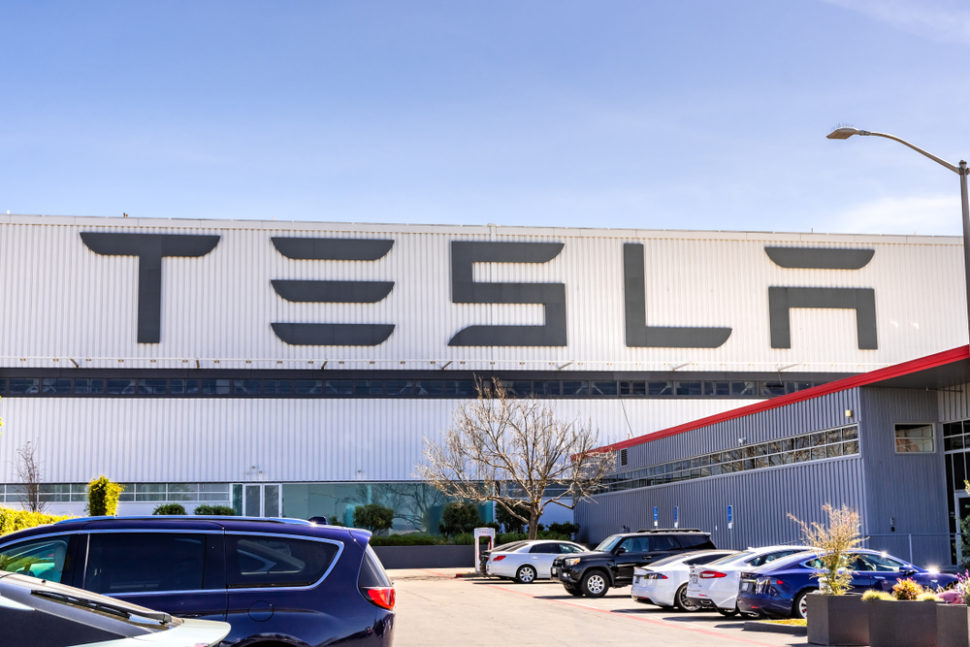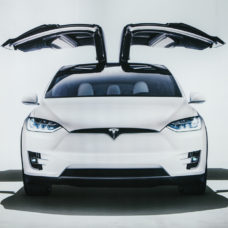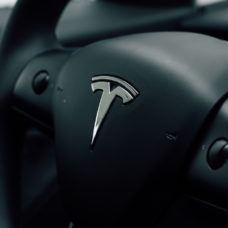Tesla is reportedly working with PG&E on a massive battery system project in California.
After taking the challenge of building the world’s biggest batteries in Australia late last year, Tesla is now working on another powerful battery system in California that would have a potential output of up to 1.1 GWh. The company is said to be collaborating with the Pacific Gas & Electric company on the project.
PG&E is one of the largest electric energy companies in the United States which covers around 16 million people in California’s Northern and Central regions. Late last month, the company submitted four energy storage projects to the California Public Utilities Commission.
Three of the projects are owned by third parties and would only be connected to PG&E’s power grid. More interestingly, the fourth one is a utility-owned energy storage system boasting of 182.5 MW lithium-ion battery energy system. It will be located at PG&E’s Moss Landing Substation and Elon Musk’s Tesla company will develop the battery packs for the colossal project.
Read More: Tesla’s Powerpack Battery cut Australia’s Grid Service Cost by 90 Percent
The battery system is expected to produce up to 182.5 MW in just four hours. That’s roughly 730 MWh of energy capacity — equivalent to more than 3,000 Tesla Powerpack 2s. Furthermore, PG&E would also be able to increase the battery’s ability to six hours for a total of 1.1 GWh.
According to the electric company, the battery system would be built to “address local capacity requirements and will participate in the California Independent System Operator (CAISO) markets, providing energy and ancillary services,”. This is a goal that is strikingly similar to the already successful projects in Australia.
In his most recent conference call with Electrek, Musk hinted about the new project, stating:
“The utilities that we’ve worked with thus far have really loved the battery pack, and I feel confident that we’ll be able to announce a deal at the gigawatt-hour scale within a matter of months. So, it’s 1,000-megawatt-hours…”
Should CPUC approved the projects, the first one is expected to come online late this year and the others by the end of 2020.



















Comments (0)
Most Recent